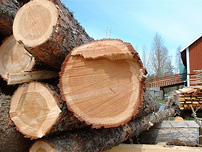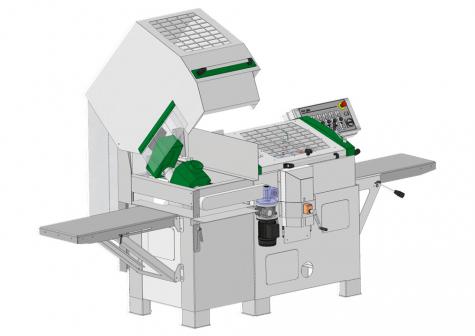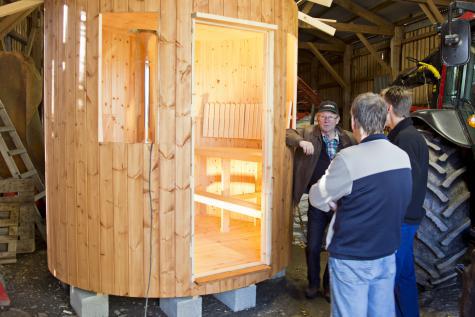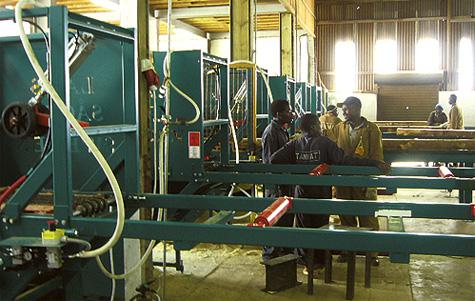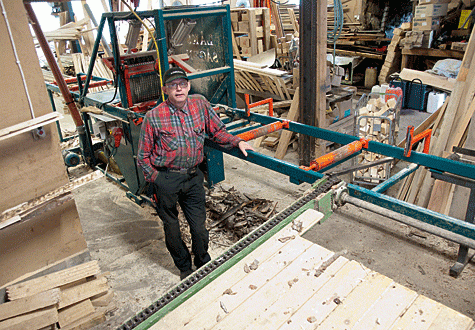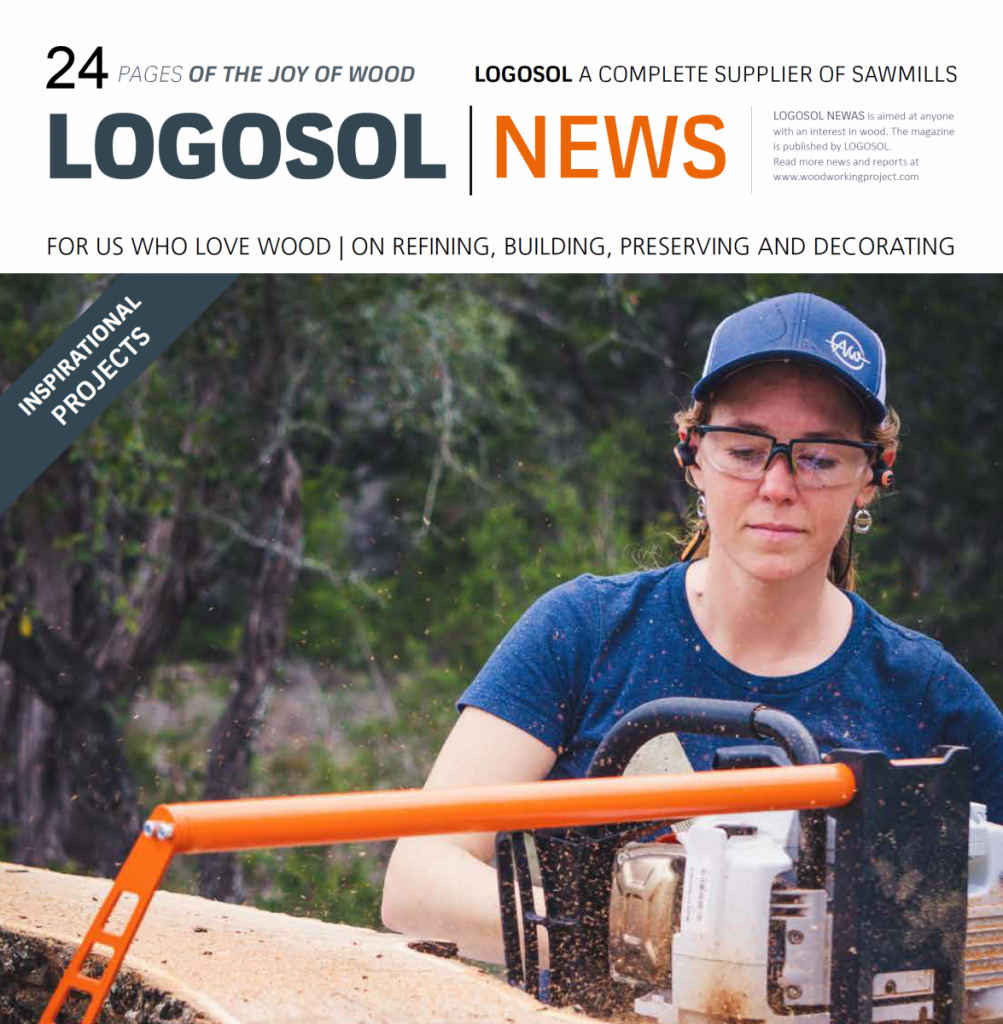Treated timber often contains toxic metals such as arsenic, chromium and copper. Use less harmful alternatives as extensively as possible when you are building something in your garden, and you will protect both yourself and the environment. As a sawmill owner you have the possibility of making use of the heartwood when you are sawing cypress, cedar, pine or larch.
“In many cases, heartwood from larch and pine can substitute for impregnated wood,” says Bengt-Olov Byström, Logosol. “This is wood with a naturally longer durability, and it can ideally be used instead of impregnated timber when you need to build on exposed sites.”
When it comes to long-term ground contact it can even be wise to avoid using wood and instead choose another material, such as concrete or stone. Another natural alternative to pressure impregnated timber is oak, which is very resistant to decay but expensive, extremely hard and difficult to process.
Pressure impregnated timber has been treated with biocides to prevent decay. The real environmental problem arises when the pressure impregnated timber becomes waste. If the timber goes astray, the toxic substances are spread and can cause environmental damage. Since arsenic and chromium cannot be destroyed by combustion, the timber must be disposed of in special dumps or in plants where it is burnt with high-efficiency flue gas cleaning.
“You are not allowed to burn timber that is pressure impregnated, since the smoke is toxic. The situation is unsustainable,” Bengt-Olov Byström states. “And it isn’t funny to discover that the firewood you brought out in the forest to grill some sausages, contains a piece of pressure impregnated wood.”
Used impregnated timber is to be treated as hazardous waste and be disposed of at a recycling plant. Another alternative to impregnated timber is to treat the timber several times with linseed oil. Ask for timber that has become more durable by the means of other methods, such as acetylation or heat treatment.
Heartwood, facts
Heartwood is the inner part of a tree, and consists of dead cells. Unlike the surrounding sapwood, the heartwood is no longer carrying water in the tree, and the cavities are often filled with resin. (Wikipedia)

